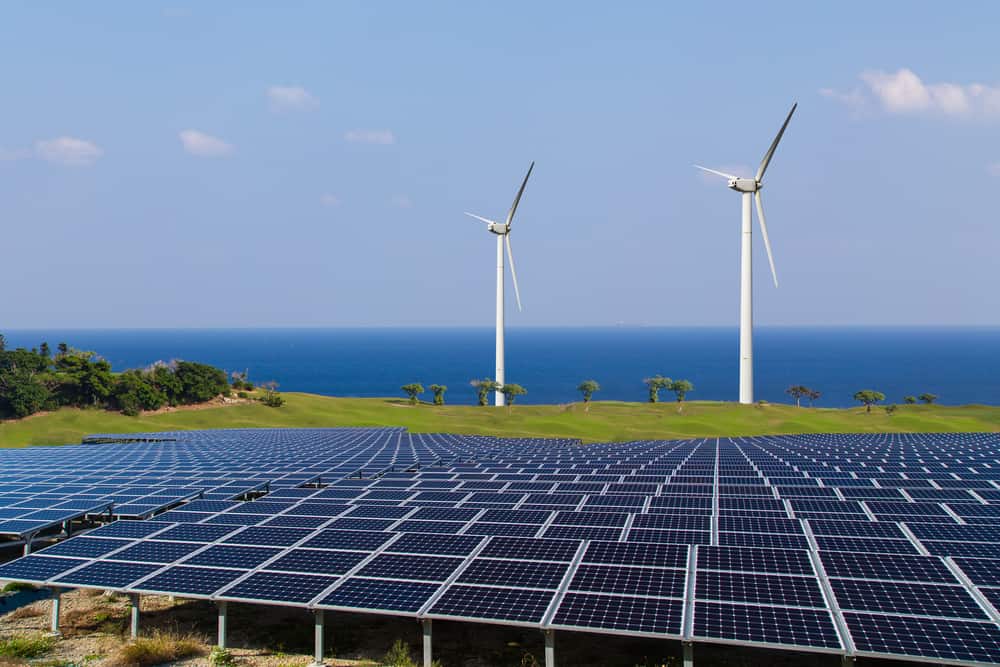The Clean Energy Council’s latest report shows 2019 was a “remarkable” year for Australia’s renewable energy industry, suggesting renewables may play a crucial role in supporting the nation’s economic recovery from COVID-19.
According to the latest edition of the Clean Energy Australia report, almost a quarter of Australia’s electricity supply is now coming from renewable energy sources.
4.4GW of new renewable energy capacity was installed in 2019, which is the equivalent to more than two times the capacity of the Liddell Power Station installed in just a single year.
2019 saw 2.2GW of new large-scale renewable generation capacity added to the grid and the rooftop solar industry experiencing its third-straight record-breaking year, culminating in Australia achieving the Renewable Energy Target more than a year ahead of schedule.
Highlights from the report include:
- Renewable energy sources are now responsible for 24 per cent of Australia’s total electricity generation
- 2019 was a record year for rooftop solar, with 2.2GW of new capacity installed
- Large-scale solar accounted for almost two-thirds of new large-scale renewable generation, with 1416MW of new capacity added across 27 solar projects
The wind sector had its best year in 2019, with 837MW of new capacity installed across eight new wind farms, and for the first time overtook hydro as Australia’s leading source of clean energy. Clean Energy Council Chief Executive, Kane Thornton, said that this record year saw Australia “take a major step” towards a clean energy future.
“Last year saw the construction of 34 new large-scale renewable energy projects, adding 2.2GW of clean energy to the grid. This represents around $4.3 billion in investment and the creation of more than 4000 new jobs,” Mr Thornton said.
“Alongside this, we saw the rooftop solar industry smash last year’s record, adding a further 2.2GW of new capacity with the highest number of new systems installed since the solar boom of 2012.
“Renewable energy is now responsible for almost a quarter of Australia’s total electricity generation, and the industry continues to grow and evolve as we transition to a cleaner, more affordable and more reliable energy system.”
2019 was also a huge year for the emerging renewable hydrogen industry, with $370 million in funding allocated under the National Hydrogen Strategy and the states delivering their hydrogen strategies and projects.
The energy storage sector is also starting to gain momentum, with the more than 22,000 small-scale batteries installed in 2019 taking Australia’s household storage capacity past 1GWh for the first time.
Mr Thornton said these achievements were even more impressive when considering the significant challenges currently facing the industry.
“Australia’s renewable energy industry has demonstrated incredible resilience so far, but we are starting to feel the effects of a decade of political squabbling over climate change and a severe lack of planning for a 21st-century grid,” he said.
After more than a decade of unstoppable growth, 2019 saw a 50 per cent downturn in new large-scale renewable energy investment commitments – with grid congestion, erratic transmission loss factors and system strength issues creating barriers for project developers and impacting investor confidence.
While Australia’s energy regulators are working hard to address these issues, Mr Thornton said a quick resolution was essential to ensure the industry’s momentum could be restored and Australia’s future energy supply secured.
“Our ageing coal-fired power stations are becoming increasingly unreliable, with many due to retire in the next 15 years,” he said.
“We have now reached a critical point where we must continue to grow our renewable energy capacity and accelerate work to upgrade our outdated grid infrastructure so that we can successfully transition to a modern, clean energy system.”
Additionally, with the COVID-19 having a significant impact on the economy, Mr Thornton said that the Clean Energy Council is lobbying federal, state and territory governments to ensure that renewable energy and energy storage is a key part of their COVID-19 response packages.
“The renewable energy industry is uniquely placed to lead Australia’s recovery from the COVID-19 crisis. In addition to providing much-needed stimulus to the Australian economy, we can insulate households and businesses from high electricity costs while also ensuring that we meet our emissions reductions obligations.”
Despite facing some considerable challenges, Mr Thornton said he strongly believes the industry has a bright future.
“There is still a strong pipeline of renewable energy and storage projects and enormous customer demand for rooftop solar and batteries. These will be critical in replacing Australia’s ageing coal-fired power stations, meeting Australia’s climate change targets and ensuring affordable and reliable power supply.

















